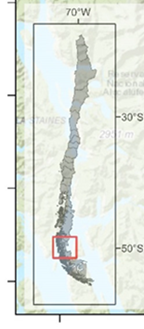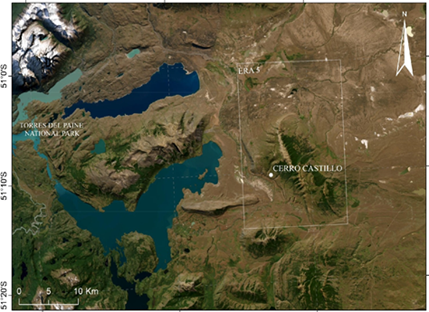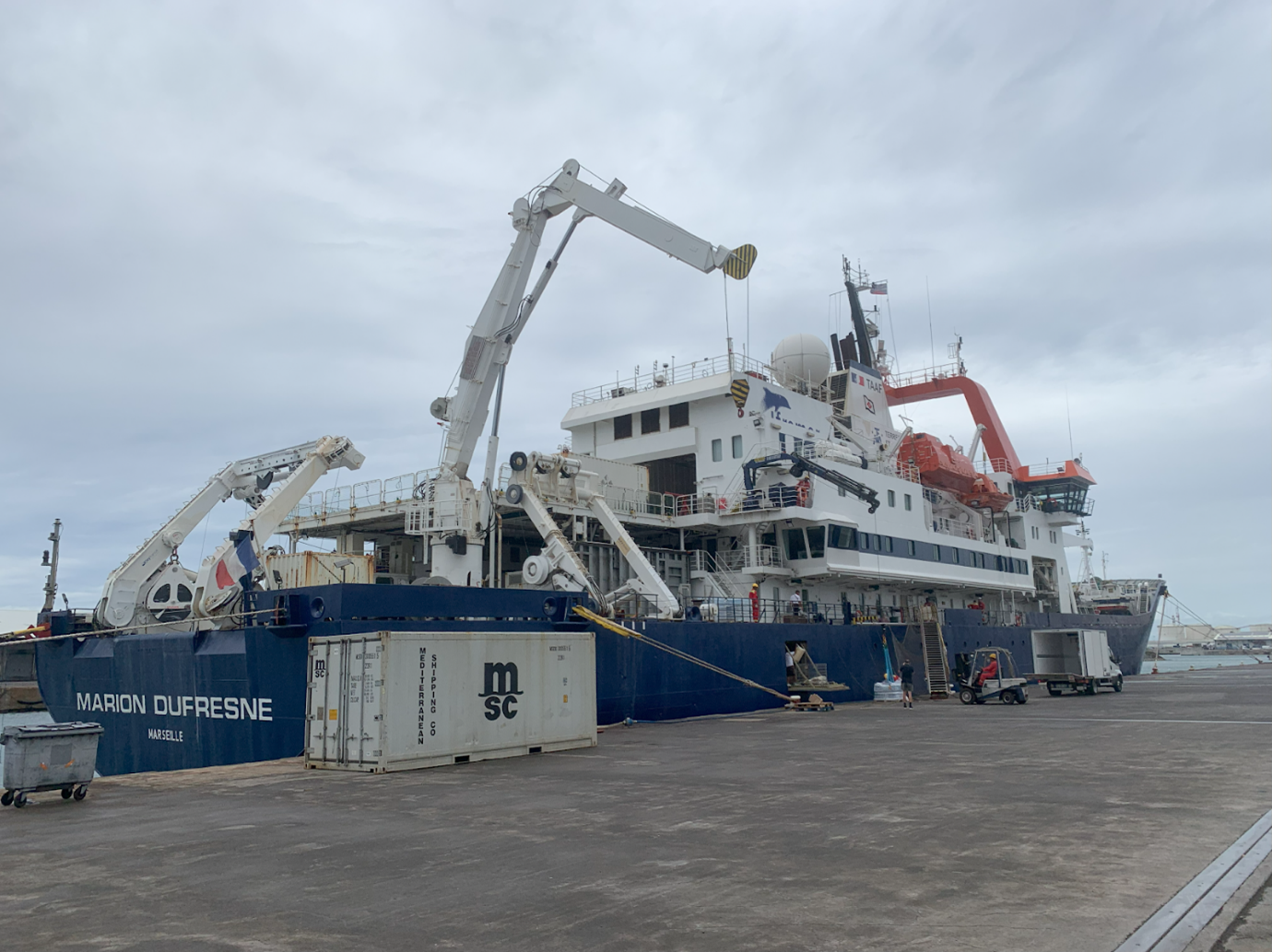LISA around the globe
Chili
As part of a Fondecyt-funded project led by Valentina Flores-Aqueveque, Stéphane Alfaro was invited to the University of Chile in Santiago to work on reconstructing the past variability (over the last 10,000 years) of the southern hemisphere's mid-latitude zonal wind belt (SWW). The first step was to characterize surface wind variability in Chilean Patagonia (Torres del Paine region, Figure 1), one of the very few land areas in this sector. In particular, it has been shown (Gomez-Fontealba et al., 2022; 2023) that the frequency of strong winds is driven by teleconnections with the main modes of variability in the Pacific zone: firstly, the Southern Annular Mode (SAM), then the Pacific Decadal Oscillation (PDO) and, to a lesser extent, the El Niño Southern Oscillation (ENSO). These results open up the possibility of reconstructing the history of these modes of variability, based on the study of aeolian sediment deposits torn off by the strongest winds and collected today in the lakes of Chilean Patagonia.


Figure 1. Localisation de la zone d’étude
Les atmosphériciennes du LISA dans l'Océan Austral
Karine Desboeufs and Charlotte Poindron boarded the ship Marion Dufresne for the OISO-33 campaign in January/February 2023, which took place in the Southern Indian and Southern Oceans. They sailed from Réunion to the Kerguelen Islands to collect rainfall to study atmospheric inputs in this hitherto little-documented region.

Figure 2. Le navire Marion Dufresne © K. Desboeufs
En savoir plus :
Gomez-Fontealba et al., 2022 : https://www.mdpi.com/2073-4433/13/2/206
Gomez-Fontealba et al., 2023 : https://www.mdpi.com/2073-4433/14/4/608
Campagne OISO : https://www.insu.cnrs.fr/fr/cnrsinfo/oiso-la-campagne-en-une-infographie

